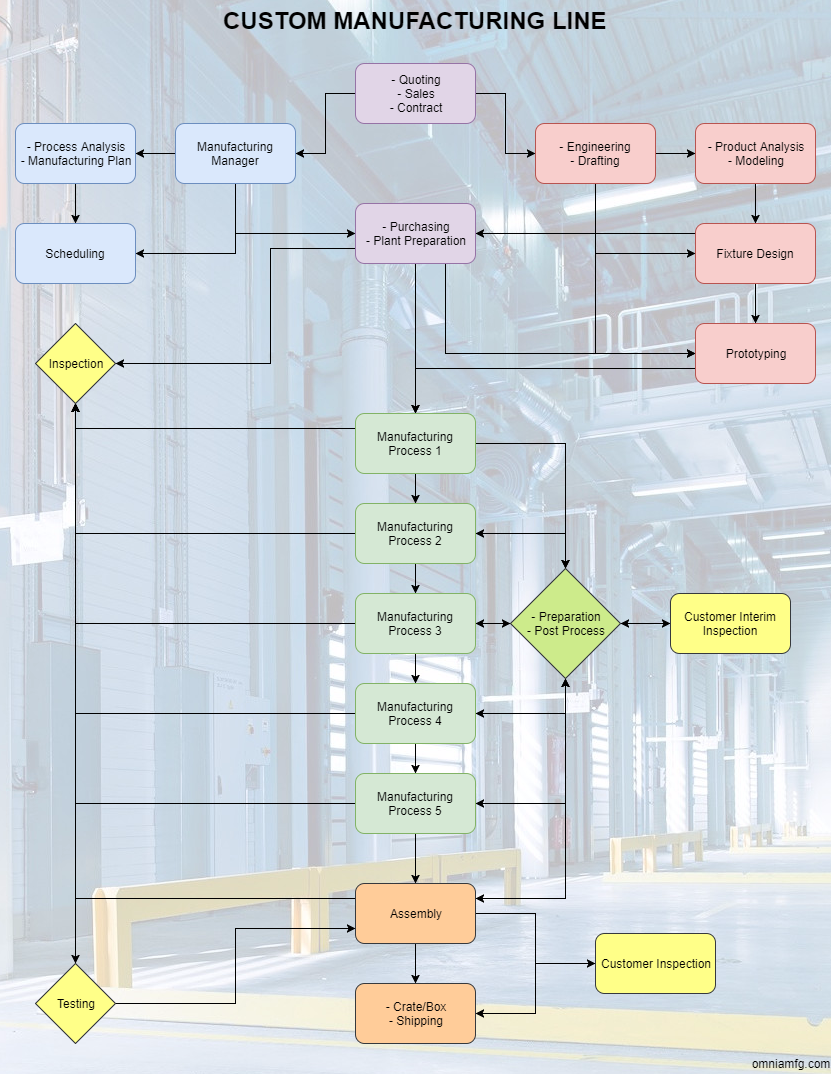How and When to Perform a Copper Sulfate Test
The copper sulfate test is a visual method of determining the existence of free iron in specifically stainless steel. In many cases, the copper sulfate test is used as a pass/fail examination of a passivation process on a part or stock material, but it can also be used as a test to determine if passivation is necessary in the first place.
Free iron particulate presence is usually the result of fabrication with steel or stainless steel components. Machining, welding, bending/forming, and other processes will cause a change in the crystal structure of the steel and can create an inconsistent chromium spread while also pulling free iron to the surface of the material or transferring the free iron from a machine to the material.
Copper sulfate crystal -- CuSO4:5H2O
By Stephanb - Own work, CC BY-SA 3.0, https://commons.wikimedia.org/w/index.php?curid=565837
Pass or Fail?
The visual aspect of the test is prevalent as the aqueous copper ions react with the free iron particles and creates an oxidation reaction, resulting in a copper colored surface. If this reaction is present, the test has failed and material has an unacceptable amount of free iron present. If this reaction is not present, the test has passed and either the passivation process worked as intended or the material is not in need of a passivation.
MIL-STD-753, Rev. C, Method 102
The military standard for testing material for free iron defects is present in the MIL-STD-753 document available to the public for reference. The document has been superseded by SAE-AMS-STD-753, but is still relevant and useful for testing purposes.
http://everyspec.com/MIL-STD/MIL-STD-0700-0799/MIL_STD_753C_1117/
The method is specifically designed to work with stainless steel alloys with a minimum of 16% chromium as stated in the document.
The procedure is as follows:
Prepare test solution – Dissolve 8 grams of copper sulfate in 500 ml of distilled water in which 2 – 3 ml of sulfuric acid has been added.
This will take approximately 5 minutes and should be mixed completely before using. It is noted in the documentation that solutions older than 2 weeks shall not be used for the test. The dilution by weight of the test is 1.6% which is on the lower end of the copper sulfate solution dilution.Swab the surface to be inspected with test solution – keep surface wet for a period of 6 minutes.
Carefully rinse and dry the surface such that no copper deposits are removed.
Copper deposits indicate the presence of metallic iron.
Copper sulfate solution per MIL-STD-753 Rev. C, Method 102
It is best to perform the test in a way that will result in generally quantitative outcomes. Establish a baseline by performing the test on raw stock, passivated steel, and steel that obviously has free iron present. Document how the copper sulfate solution reacted to the material in each case and create a sliding scale that can be used to determine where the actual tests fall.
Dilution of the Copper Sulfate Solution
The MIL-STD-753 copper sulfate test provides the process for a 1.6% dilution by weight solution. Although this is an acceptable testing method, in some cases it is necessary to perform a comparative test by mixing a 3% and 5% dilution by weight solution. Performing the same tests may result in different outcomes and are likely insignificant if performed on a passivated part. While determining whether a part needs passivation, it may be more necessary to perform these additional tests.
Jarrett Linowes
Mechanical Engineer
omniamfg@gmail.com
Did I miss anything you are interested in? Send me an email or comment below!







